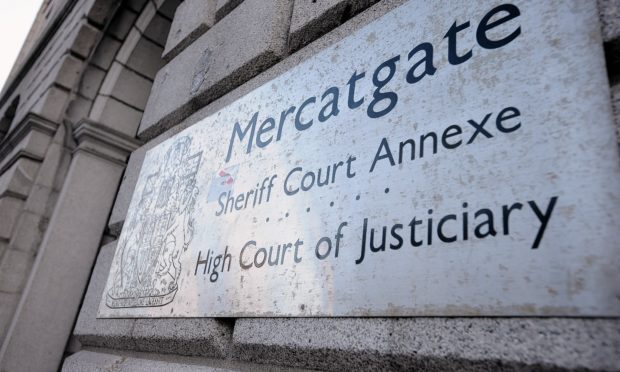An expert in child brain injuries has told a jury that a baby had “most likely” been violently shaken before being taken to hospital in a “floppy and unresponsive” state.
Babysitter Syeda Sokina Begum is on trial at the High Court in Aberdeen accused of “repeatedly” shaking an infant to the “danger of her life” while looking after her.
The 29-year-old, of the city’s Headland Court, denies harming the child – who spent almost a fortnight at Royal Aberdeen Children’s Hospital after being rushed there on New Year’s Day in 2017.
The trial, before Lord Uist, began last week and the jury of eight women and seven men have heard that the baby girl was treated for bleeding from the brain and eyes that evening.
Advocate depute Martin Richardson told the court that the child had shown no signs of illness earlier in the day.
Expert witness Dr Peter Richards, a consultant paediatric neurosurgeon, yesterday gave evidence via a video-link from Oxford and said the youngster exhibited the symptoms of “shaken baby syndrome” after being taken to hospital.
Dr Richards added: “All the abnormalities can be explained by a recent head injury, with no other explanations apparent.
“The kind of force involved would have been such that a witness would have said ‘stop, don’t do that, you will hurt the child’.
“The effects can vary between minimal injury through to fatal injury, but when these events do occur there is the potential for a very bad outcome.
>> Keep up to date with the latest news with The P&J newsletter
“One forceful shake can cause such injuries, however, and the evidence shows that the baby did not suffer repeated abuse.
“It was more likely to be a momentary loss of control on the part of a carer who had not planned to injure her.
“The likeliest option is that an event did occur, somebody would know about it, and they have chosen not to report it.”
The court heard that the baby involved suffered seizures during a 13-day stay in hospital afterwards, but that her condition has since improved.
However, Dr Richards explained that any possible lasting effects may not present themselves until the child begins attending primary school and her academic ability is measured against that of her classmates.
Defence agent Frances Connor suggested the baby’s collapse was a delayed reaction to an incident which occurred earlier in the day, before Begum took over her care.
Dr Richards said the reports he had studied indicated that the baby had been well before suddenly falling ill.
He said he “had not come across a case” where an infant who suffered a delayed collapse had appeared healthy in the hours before.
The trial is expected to conclude this week.
